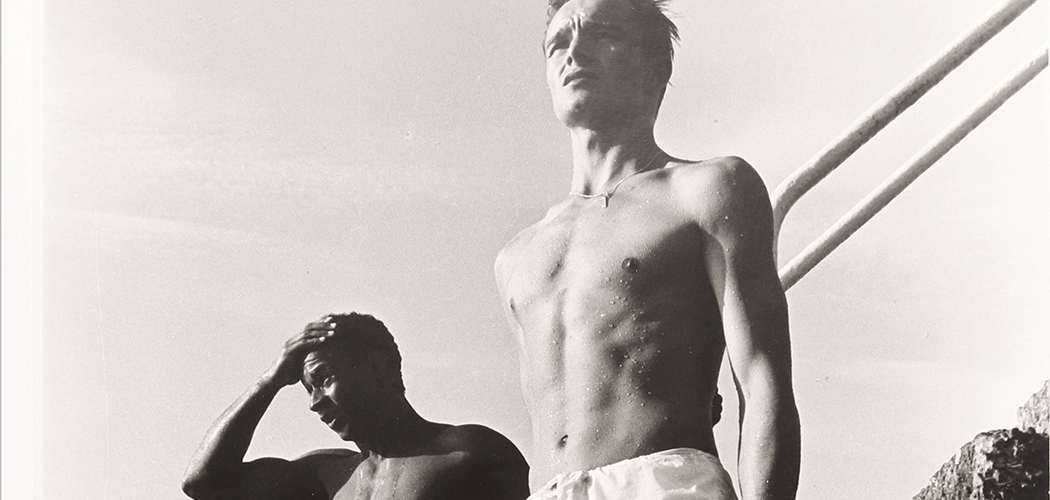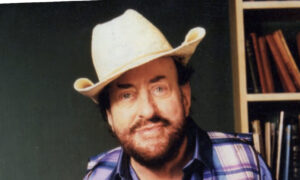Henry Miller Fine Art, the London gallery whose collection focuses exclusively on the male form, is back at the Coningsby Gallery in Fitzrovia with two separate exhibitions over the Christmas Holidays. The first (9 – 22 December) will feature paintings and drawings while the second (28 December – 11 January) will be photographs only, with works from the 19th Century to the present day. We caught up with the elusive French photographer Yves Paradis whose evocative black and white pictures are one of the highlights of the second show.
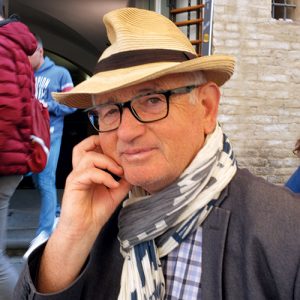
Bonjour Yves, can you tell us how you first became aware of photography?
When I was thirteen or fourteen, one of our teachers at school introduced us to photography and it was a true revelation for me. As a slightly geeky gay teenager, growing up in rural France in the late 60s, I quickly understood that taking photographs was going to be the way to approach and interest the boys I fancied.
Very quickly my father understood how important photography was to me so he set up a photo lab and dark room in the attic so I could develop my own pictures. This is actually how he discovered I was homosexual when he found naked photos I took of me and my boyfriend. Amazingly enough, he didn’t make a big deal of it.

What were your first photographs?
I started taking pictures of my handsome school friends and of my first boyfriend while on holiday, and then of my army mates during my national service. Later on, I did a lot of ‘reportage style’ photography around France, Morocco and all over Europe, but even then, beautiful boys were often present in my pictures.
In the 1970s I worked as a journalist and photography was still mainly a hobby. It wasn’t until the 1980s that I started to take it seriously, although I never planned to become a professional photographer which seemed boring to me.
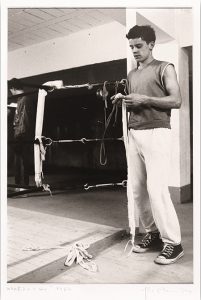
In the 1980s you did a lot of work for the gay press. How did that come about?
Ever since my teens, I was always an activist, fighting for homosexual rights. I got involved with Arcadie, France’s first gay rights group, and then, in the late 1970s with even more political groups. I had just left Paris when Gai Pied (France’s first mainstream gay magazine) first appeared in 1979 and it was a revelation. One day I sent them a series of photographs I took of two soldiers kissing on an army tank. They loved them and published them in a big spread. From that moment on, I worked with them on a regular basis until the magazine’s early and sad end in the early 90s.

Tell us about your models. How did you find them?
I was always attracted to the ‘boy next door’ and ‘bit of rough’ types, not physically perfect but with some truth and depth in them.
I never really spent time on the gay scene at all. I sometimes put up ads in gay magazines but most of the boys I met quite randomly really; many weren’t even homosexual (or at least that’s what they told me). Sometimes, my models would bring interested friends, but it wasn’t always easy to convince the boys to get naked. I’m sure it would be different now.
One of the reasons why I hardly ever take pictures these days is that I find today’s young men over conscious of their own selves, which I think is a shame. Maybe it’s just me, being too old and out of touch. I don’t do Instagram etc. But then again, there seems to be some renewed interest in my work from a younger generation. Last summer, a young American boy, he was 16, got in touch to tell me that he had been moved emotionally by my photographs and that really touched me. It gave me hope.
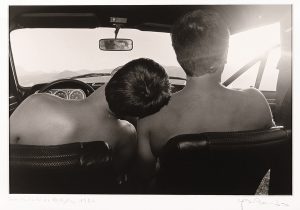
The photographs in Henry Miller’s exhibition all date from the 1980s, and while some are quite of their time, others seem completely timeless. How do you explain that?
I think it’s because they are inspired by love and desire and these feelings are simply timeless. Also, by using black and white, I can create a distance that, to me, doesn’t exist in colour photographs. If you look at old wedding pictures or the photographs of Von Gloeden from the late nineteenth century, they haven’t aged a bit. Some people say that my photographs are not fashionable but my answer to that is that it means they will never be out of fashion. But maybe that sounds a bit presumptuous of me.
Henry Miller Fine Art: Focusing on the Male Form is at the Coningsby Gallery from 9 to 22 December and then from 28 December to 11 January 2020 (Photography Exhibition). Coningsby Gallery, 30 Tottenham Street, W1T 4RJ. More details at henrymillerfineart.co.uk




